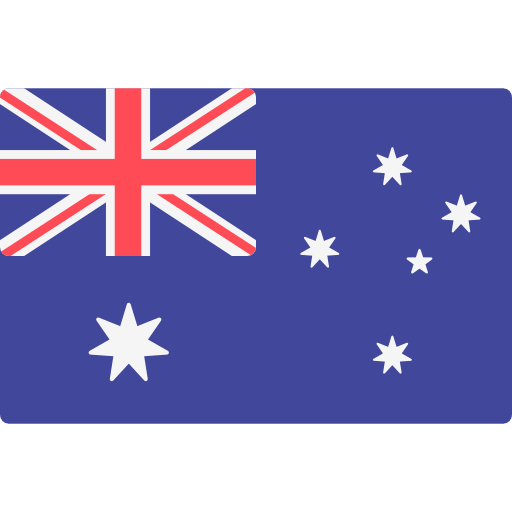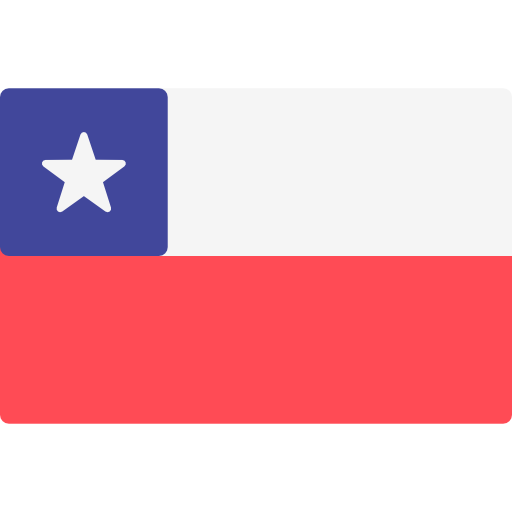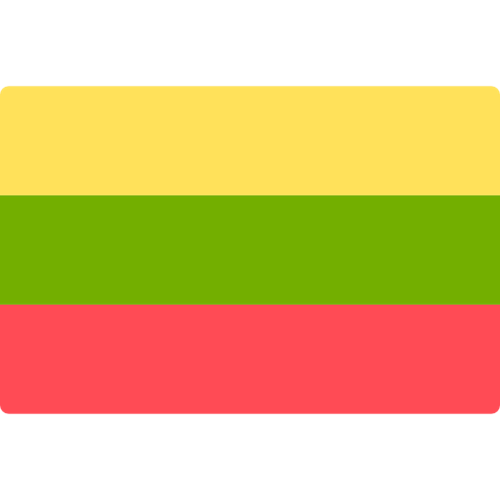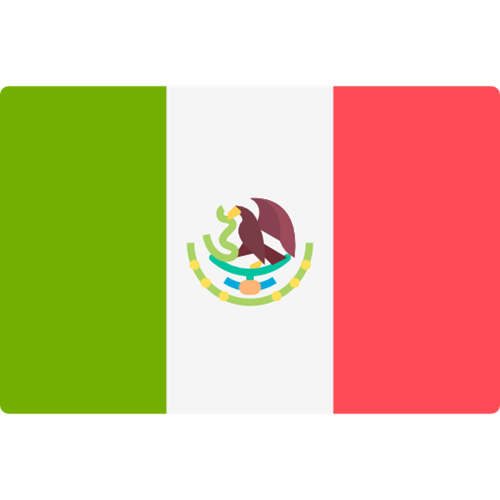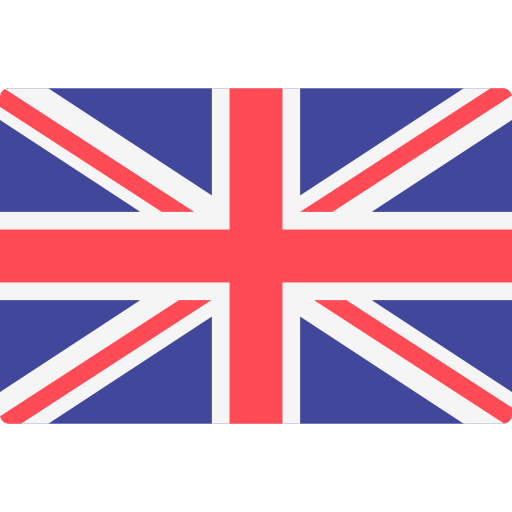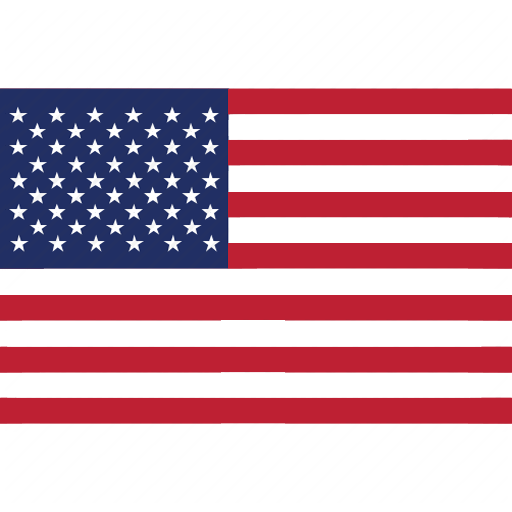Chemicals | Monthly bulletin | June 2024


Europe
Adoption of restriction on Cyclosiloxanes
On the 17th of May 2024, the European Commission published the following regulation, amending REACH Annex XVII:
Commission Regulation (EU) 2024/1328 of 16 May 2024 amending Annex XVII to Regulation (EC) No 1907/2006 of the European Parliament and of the Council concerning the Registration, Evaluation, Authorisation and Restriction of Chemicals (REACH) as regards octamethylcyclotetrasiloxane (D4), decamethylcyclopentasiloxane (D5) and dodecamethylcyclohexasiloxane (D6).
The main change is the replacement of text of Entry 70 in Annex XVII of Regulation (EC) Nº 1097/2006 (REACH) related to siloxanes D4, D5 and D6 by text indicate in this amendment. D4, D5, and D6 are used in cosmetics, dry cleaning, waxes and washing and cleaning products.
To refer the full restriction, please consult the official publication in European Commission website here.
Recent publications on REACH Regulation
The following table provides a non-exhaustive summary of some recent updates regarding REACH Regulation (EC) No 1907/2006:
| Summary of the most recent updates | ||
|
Date |
Subject |
Link |
|
24/04/2024 |
Publication of European Chemical Agency(ECHA) Annual Report 2023 This report provides a comprehensive account of the activities carried out by ECHA during 2023. It also represents a fair overview of the evolution of ECHA’s budget, staffing, management, and its internal management system strategy and framework. In addition, the ECHA Annual Report 2023 Executive Summary was published too. |
For more information, consult the ECHA’s website here. |
|
24/04/2024 |
Drinking Water Directive (DWD) This introduces minimum requirements for materials that are in contact with water meant for human consumption throughout the EU. |
For more information, consult the ECHA’s website here. |
|
26/04/2024 |
Guiding criteria for essential uses of the most harmful chemicals. The European Commission has defined guiding principles on limiting the most harmful chemicals to essential use. With this concept, the Commission aims to achieve higher regulatory efficiency and predictability for authorities, investors and industry for a faster phase-out of the most harmful substances in non-essential use. |
For more information, consult European Commission website here. |
|
07/05/2024 |
Publication of joint framework for action of the One Health agenda in the European Union (EU). A cross-agency task force of five EU agencies will work on implementing the joint framework for action over the next three years (2024-2026), focusing on five strategic objectives: strategic coordination, research coordination, capacity building, stakeholder engagement, and joint inter-agency activities. |
For more information, consult the ECHA’s website here. |
|
07/05/2024 |
Publication of 2023 Report of National and ECHA Helpdesks Activities. |
For more information, consult the ECHA’s website here. |
|
07/05/2024 |
A new IT tools user group has been created to help develop tools that industry and authorities will use under the EU’s Drinking Water Directive. |
For more information, consult the ECHA’s website here. |
|
08/05/2024 |
Proposal to broaden chromium (VI) restriction. The ECHA has received an updated mandate from the Commission to prepare a proposal for a possible restriction on chromium (VI) substances. In addition, ECHA has been requested to consider for the restriction proposal other chromium (VI) substances not listed on the Authorisation List. |
For more information, consult the ECHA’s website here. |
Other interesting resources on REACH on the ECHA’s website
- Registry of restriction intentions until outcome - ECHA (europa.eu)
- Registry of SVHC intentions until outcome - ECHA (europa.eu)
- Substance evaluation - CoRAP - ECHA (europa.eu)
- Adopted opinions and previous consultations on applications for authorisation - ECHA (europa.eu)
- Applications for authorisation - current consultations - ECHA (europa.eu)
- Current calls for comments and evidence - ECHA (europa.eu)
- Authorisation List - ECHA (europa.eu)
- ECHA's completed activities on restriction
- Submitted restrictions under consideration
- Assessment of regulatory needs list
Recent publications regarding CLP Regulation
The following table provides a non-exhaustive summary of some recent updates regarding CLP Regulation (EC) No 1272/2008:
| Summary of the most recent updates | ||
|
Date |
Subject |
Link |
|
29/04/2024 |
New CLP hazard classes will be included in IUCLID The new hazard classes for classifying, labelling and packaging substances and mixtures were included in the IUCLID software These are:
|
For more information, consult the ECHA’s website here. |
Other interesting resources on CLP on the ECHA’s website
- Registry of CLH intentions until outcome - ECHA (europa.eu)
- Harmonised classification and labelling consultations - ECHA (europa.eu)
Technical publications related to household products
The below table outlines recent publications related to household products:
| Date | Entity | Publication |
|
24/04/2024 |
ANSES (French National Health Security Agency for food, environment and work) |
Leave household products in their original containers! ANSES is reiterating the precautions that consumers should take concerning household products to protect themselves and others on a daily basis. |
|
24/04/2024 |
ANSES (French National Health Security Agency for food, environment and work) |
What are the most common causes of serious cases of accidental poisoning in children? Cleaning products, medicines, heating appliances, and button batteries are part of our daily lives but can be sources of injury for our children. Since these accidents are avoidable, it is essential to raise awareness among those around children about these risks and good practices to prevent them. |
Methodology to measure microplastics in water
On the 21st of May 2024, the European Commission published the following delegated decision, adopting methodology to measure microplastics in water intended for human consumption:
Commission Delegated Decision (EU) 2024/1441 of 11 March 2024 supplementing Directive (EU) 2020/2184 of the European Parliament and of the Council by laying down a methodology to measure microplastics in water intended for human consumption.
For more information on this methodology, please consult the official publication in European Commission website here.
Switzerland
Bans PFHxS for production and use
On the 18th of March 2024, the Swiss authorities published RO 2024 113 on Decision no. SC-10/13 of the Conference of the Parties on the inclusion of perfluorohexanesulfonic acid (PFHxS), its salts and related compounds.
These compounds were added to the list of substances for elimination under Part I of Appendix A in the nation’s POP Convention.
Perfluorohexanesulfonic acid (PFHxS), its salts and related compounds have been prohibited (with no derogations) for production and use since 16 November 2023.
For more information, please consult the official publication in Swiss Fedlex website (French, Italian and German version)
UK
On the 10th of May 2024, the UK Department for Business & Trade published a policy paper, “Smarter regulation to grow the economy”.
This publication indicates how the regulation framework will be reformed to help drive economic growth and sets out the government’s commitment to reforming the existing stock of regulation.
In terms of chemical legislation, Health and Safety Executive (HSE) is exploring opportunities to use powers in the Retained EU Law (Revocation and Reform) Act 2023 to reform its chemicals supply regulations:
- GB Classification, Labelling and Packaging of substances and mixtures (GB CLP)
- GB Biocidal Products Regulation (GB BPR)
- GB Prior Informed Consent for the export and import of certain hazardous chemicals (GB PIC)
The powers in the Retained EU Law (Revocation and Reform) Act 2023 expire in June 2026, so any changes need to be made before then.
US
Maine Prohibits PFAS in Food Packaging
On the 25th of May 2024, the State of Maine updated Chapter 80: Reduction of Toxics in Packaging to prohibit intentionally added perfluoroalkyl and polyfluoroalkyl substances (PFAS) to the following nine types of food packaging made of paper, paperboard, or other materials originally derived from plant fibres and which are intended for short-term storage or to hold freshly prepared food:
- Bags and sleeves
- Bowls
- Closed containers
- Flat serviceware
- Food boats
- Open-top containers
- Pizza boxes
- Plates
- Wraps and liners
The prohibition does not apply to a manufacturer of a food or beverage product that is contained in a food package or to which a food package is applied if that manufacturer has less than $1,000,000,000 of total annual national sales of food and beverage products.
The Final Rule became effective immediately on May 25, 2024.
On the 1st of May 2024, the State of Colorado approved SB 24-081 amending HB 22-1345 that regulates perfluoroalkyl and polyfluoroalkyl substances (PFAS) in a variety of consumer products. The new amendment includes the following changes to HB 22-1345:
- Adds new terms and definitions of products
- Prohibits intentionally added PFAS in cookware on January 1, 2026 and repeals the disclosure requirement for cookware on January 1, 2026
- Prohibits outdoor apparel for severe wet conditions on January 1, 2028 and repeals the labelling requirement for outdoor apparel for severe wet conditions on January 1, 2028.
Please see Table 1 below for an updated summary of Colorado’s PFAS regulation.
Table 1:
| Scope | Requirement | Effective Date |
|
Carpets/rugs |
Intentionally added PFAS prohibited |
1 January 2024 |
|
Fabric treatments |
||
|
Food packaging |
||
|
Juvenile products |
||
|
Oil and gas products |
||
|
Cookware handle and food contact surface |
Label the presence of intentionally added PFAS chemicals with the statement "FOR MORE INFORMATION ABOUT PFAS CHEMICALS IN THIS PRODUCT, VISIT" followed by an internet website that provides information on why PFAS was intentionally added and a QR code. |
1 January 2024 (will be repealed 1 January 2026) |
|
Cookware |
Shall not make a claim on the package that the cookware is free of any PFAS chemicals unless no individual PFAS are intentionally added. |
1 January 2024 (will be repealed 1 January 2026) |
|
Cosmetics |
Intentionally added PFAS prohibited. |
1 January 2025 |
|
Indoor textile furnishings |
||
|
Indoor upholstered furniture |
||
|
Outdoor apparel for severe wet conditions |
Intentionally added PFAS prohibited, unless labelled “Made with PFAS Chemicals”. |
1 January 2025 (will be repealed 1 January 2028) |
|
Cleaning products (except floor maintenance products used in hospital or medical settings) |
Intentionally added PFAS prohibited. |
1 January 2026 |
|
Cookware |
||
|
Dental floss |
||
|
Menstruation products |
||
|
Ski wax |
||
|
Artificial turfs |
Intentionally added PFAS prohibited from installation on state property. |
1 January 2026 |
|
Outdoor textile furnishings |
Intentionally added PFAS prohibited. |
1 January 2027 |
|
Outdoor upholstered furniture |
||
|
Floor maintenance products used in hospital or medical settings |
Intentionally added PFAS prohibited. |
1 January 2028 |
|
Textile articles |
||
|
Outdoor apparel for severe wet conditions |
||
|
Commercial Food contact equipment |
Maryland regulates PFAS in playground surface materials
On the 15th of May 15 2024, the State of Maryland signed HB 1147 into law to regulate lead and PFAS chemicals in playground surface materials. Effective October 1, 2024, a person may not use, install, supply, sell, solicit or offer for sale a state playground surfacing material that contains (1) more than 90 ppm of lead or (2) a component product, material, or substance to which PFAS chemicals were previously intentionally added in the formation of that component where the continued presence of the PFAS chemicals was desired in the component to provide a specific characteristic.
“Playground” is defined as a public outdoor recreation area for children equipped with one or more play structures.
“Playground surfacing materials” is defined as products, materials, or substances used or installed on the ground surface of a playground that comes into direct contact with a person.
US EPA restricts additional methylene chloride uses
On the 8th of May 8 2024, the US Environmental Protection Agency (EPA) published a Final Rule in the Federal Register to expand the restriction of methylene chloride uses. The new rule will amend 40 CFR 751 to:
- Prohibit the manufacture, processing, and distribution of methylene chloride for all consumer use, as outlined in Unit IV.C.
- Prohibit most industrial and commercial use of methylene chloride and delay prohibition for two conditions of use, as outlined in Unit IV.C.;
- Require a workplace chemical protection programme (WCPP), including inhalation exposure concentration limits and related workplace exposure monitoring and exposure controls, for 13 conditions of use of methylene chloride (including manufacture; processing; several industrial and commercial uses such as laboratory use; and disposal), as outlined in Unit IV.B.;
- Identify a de minimis threshold for products containing methylene chloride for the prohibitions and restrictions on methylene chloride, as outlined in Unit IV.A.;
- Require recordkeeping and downstream notification requirements for manufacturing, processing, and distribution in commerce of methylene chloride, as outlined in Unit IV.E.; and
- Provide a 10-year time-limited exemption under TSCA section 6(g) for emergency use of methylene chloride in furtherance of the National Aeronautics and Space Administration’s mission for specific conditions which are critical or essential and for which no technically and economically feasible safer alternative is available, taking into consideration hazard and exposure, as outlined in Unit IV.F., with conditions for this exemption to include compliance with the WCPP described in Unit IV.B.
Please see Table 1 below for the timeline of prohibitions:
| Requirement | Effective Date |
|
All persons are prohibited from distributing in commerce (including making available) methylene chloride, including any methylene chloride-containing products, to retailers for any use. |
3 February 2025 |
|
All retailers are prohibited from distributing in commerce (including making available) methylene chloride, including any methylene chloride-containing products, for any use. |
5 May 2025 |
|
All persons are prohibited from manufacturing (including import) methylene chloride. |
5 May 2025 |
|
All persons are prohibited from processing methylene chloride, including any methylene chloride-containing products. |
1 August 2025 |
|
All persons are prohibited from distributing in commerce (including making available) methylene chloride, including any methylene chloride-containing products. |
28 January 2026 |
|
All persons are prohibited from industrial or commercial use of methylene chloride, including any methylene chloride containing products. |
28 April 2026 |
Sustainability, circular economy and environment
Miscellaneous technical publications relating to environmental, plastics, packaging and waste
The below table summarises the most recent publications regarding the environment, circular economy, and sustainability (non-exhaustive):
| Entity | Date | Publication |
|
European Council |
29/04/2024 |
The directive amends the Corporate Sustainability Reporting Directive (CSRD) to give the companies concerned more time to apply European Sustainability Reporting Standards (ESRS). |
|
European Commission |
30/04/2024 |
Public initiative: Waste shipments – information to be included in certificates on subsequent (non-)interim recovery & disposal operations. The draft act has been published and was in feedback period until 28th May 2024. |
|
European Commission |
06/05/2024 |
Public initiative: EU environmental law – 2025 implementation review This initiative is in preparation. The main points are:
|
|
European Commission |
07/05/2024 |
Public initiative: Calculation and verification methodology of rates for recycling efficiency and recovery of materials of waste batteries This initiative is in preparation and the aim is to support the circular economy in the battery sector and ensure high quality of recovery of materials, especially of critical and strategic raw materials. The calculation and verification methodology is important to ensure a level playing field between recyclers and provide legal certainty on requirements within the EU. |
|
UK Department for Environment, Food and Rural Affairs |
14/05/2024 |
The Environment Act 2021 (Commencement No. 9 and Transitional Provisions) Regulations 2024 (S.I. 2024 No. 639) |
|
UK Department for Environment, Food and Rural Affairs |
20/05/2024 |
The Separation of Waste (England) Regulations 2024 (S.I. 2024 No. 666) These regulations set out descriptions of the household waste and the relevant waste that is classed as recyclable household waste and recyclable relevant waste under the Environmental Protection Act 1990 (c. 43) (“the 1990 Act”). These regulations also specify descriptions of premises which are to be considered non-domestic. Regulation 13 places duties on establishments and undertakings, and waste collection authorities, in relation to the collection of waste, which are no longer necessary under the new requirements. |
|
European Council |
21/05/2024 |
Artificial intelligence (AI) act: Council gives final green light to the first worldwide rules on AI. |

